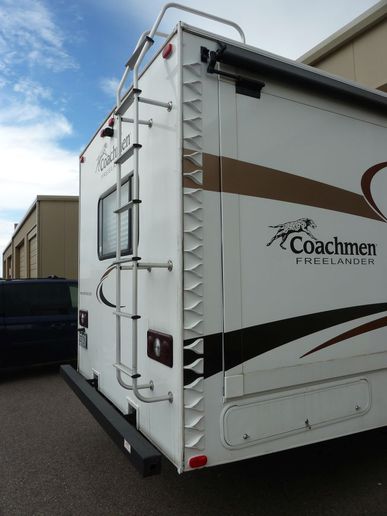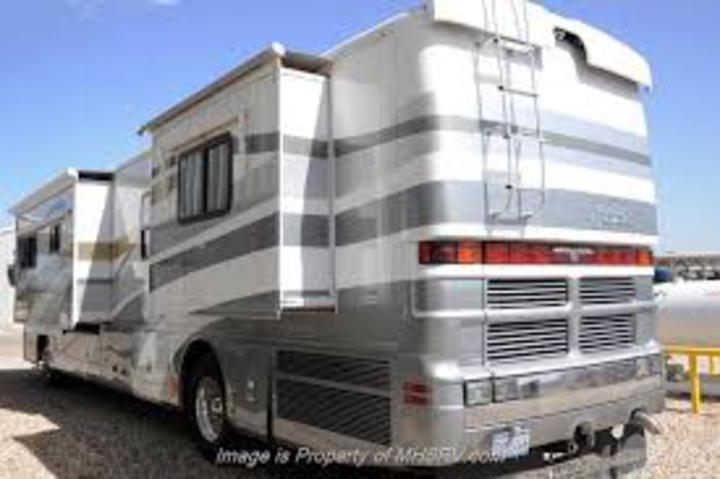1946 BN IHC
Member
Over the past number of trips along our 4 lane highway in
Ontario I have seen semis with wind deflectors on the back of the trailors. Does any one know of a formula or calculation for designing these? We are looking at a class B winibago warrier built on a 3/4 ton chassie and fiberglass main body. Pondering about installing similar atachment to the back of this unit.
Apearently these are installed to lessen air drag.
Wm.
Ontario I have seen semis with wind deflectors on the back of the trailors. Does any one know of a formula or calculation for designing these? We are looking at a class B winibago warrier built on a 3/4 ton chassie and fiberglass main body. Pondering about installing similar atachment to the back of this unit.
Apearently these are installed to lessen air drag.
Wm.



